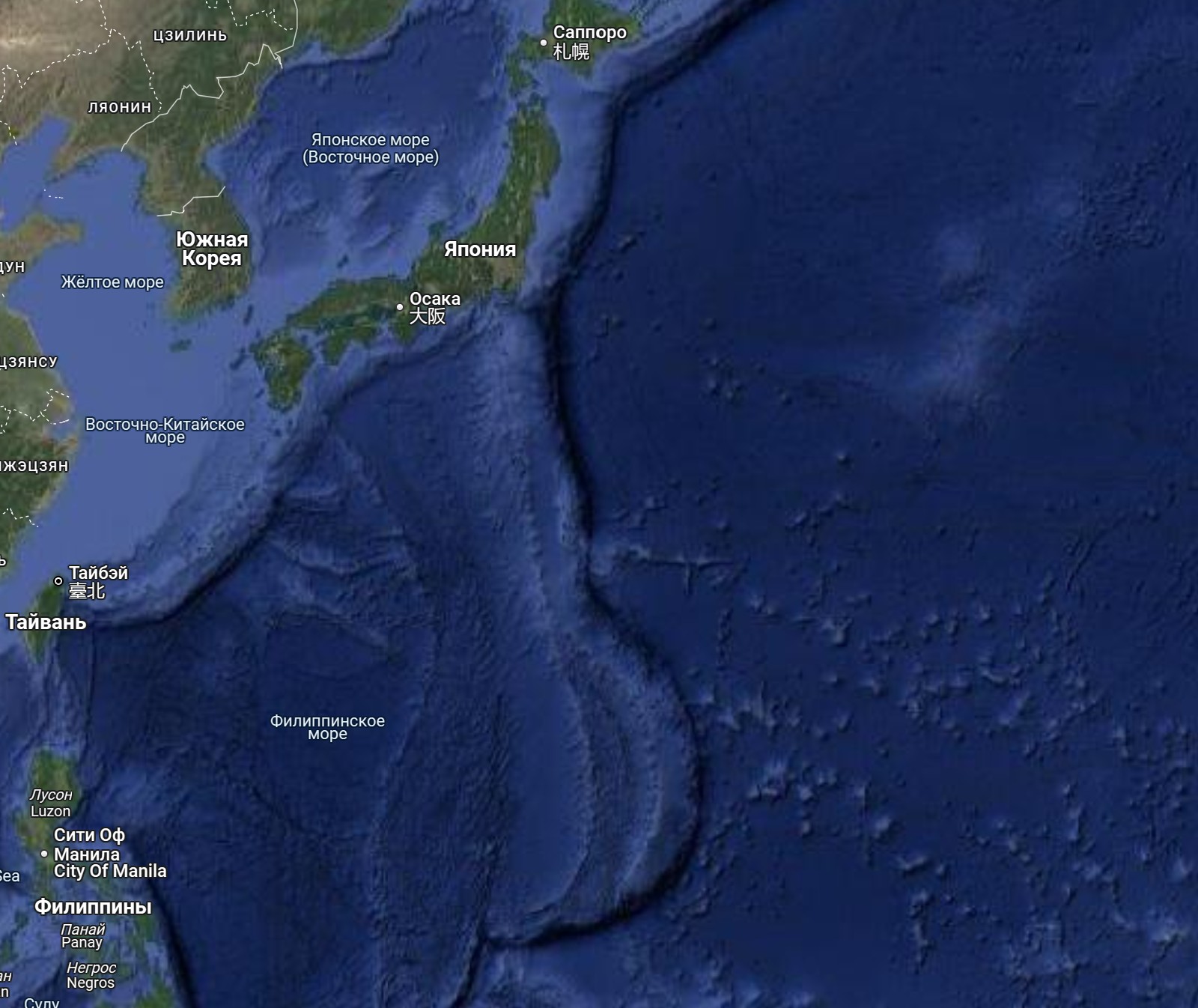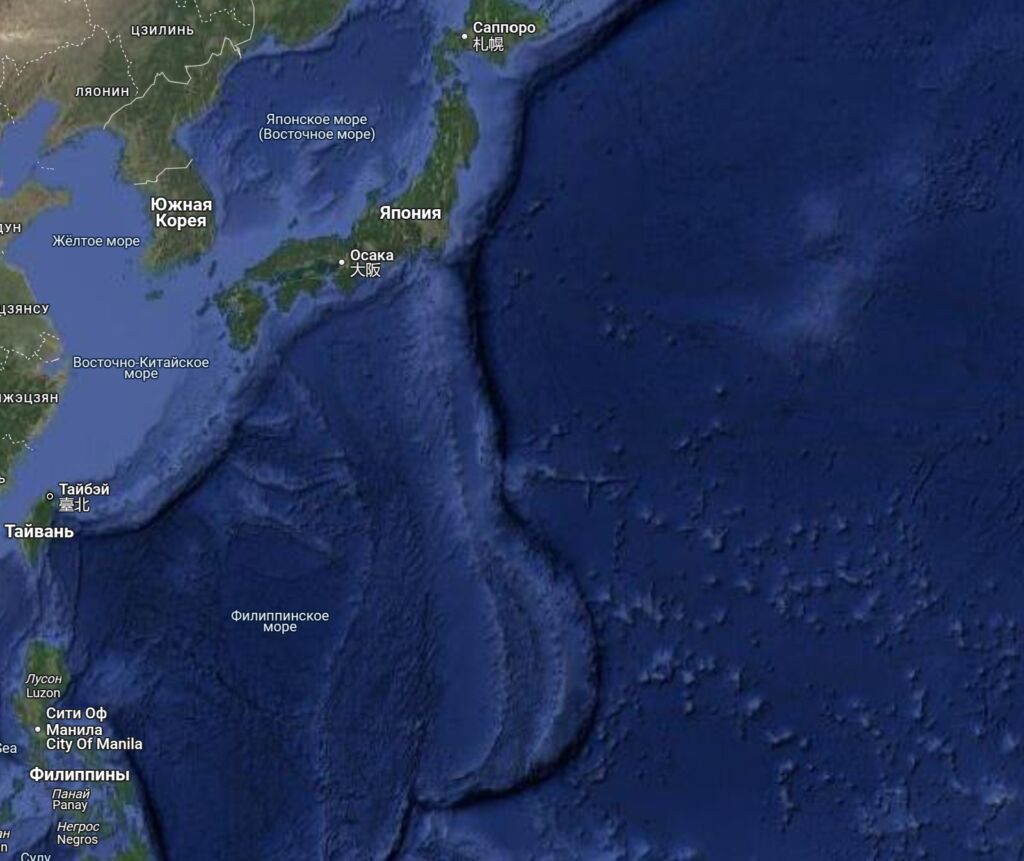Страна:
Регион:
Другие названия:
Значение:
Время визита:
Цена:
Почему Топ:
The world’s deepest ocean trench formed by tectonic plate collision, opening a gateway to unexplored ecosystems and undersea wonders.
Описание:
Stretched over 2 550 km and plunging to 10 984 m at Challenger Deep, this undersea canyon formed millions of years ago when the Pacific Plate dove beneath the Philippine Plate, creating a 69 km-wide arc. The first sounding was made by HMS Challenger in 1875, and the first submersible descent came in 1960 aboard the Trieste. Despite perpetual darkness and over 1 000 atm of pressure, a host of adapted life thrives here, with modern deep-sea vessels and ROVs occasionally exploring its depths.
Факты:
– Trench length: about 2 550 km.
– Maximum depth: 10 984 m at Challenger Deep.
– Bottom pressure: approximately 1 087 atm.
– Temperature: ranges from 1 °C to 4 °C.
– First scientific sounding: HMS Challenger expedition, 1875.
– First submersible descent by Trieste: 1960 (J. Piccard & D. Walsh).
– Record dives: J. Cameron (2012), V. Vescovo (2019).
Значение:
Global. Protected within the Marianas Trench Marine National Monument managed by NOAA and U.S. Fish & Wildlife Service.
Категории:
Метки:
Лучшее
Интерес:
Физподготовка:
Лучшее время:
Делать:
deep-sea ecosystem monitoring.
ROV piloting
sample collection
scientific expeditions
submersible dives
Доступ:
Roads:
Rates:
Commercial submersible dives start at $750 000 per person.
Attendance:
Emergency:
Satellite phone emergency. NOAA shore station (Guam) — +1 671 695 8900.
Info:
Safety:
No lifeguards. Extreme pressure, total darkness, slippery and steep vent areas. No mobile signal. Crime rate is extremely low; no known terrorist threat.
Clothing:
On deck — light tropical wear and windbreaker; for dive — sealed deep-sea suit.
Climate:
Surface — tropical; trench bottom — constant 1–4 °C and total darkness.
Connection:
No
- Lifehacks for buying airline tickets
- Tourism in Nigeria: Challenges, Growth, and the Path to Regional Leadership
- Arabat Spit
- Lithuania
- Chukchi
- Bosphorus
- Belgium
- Cuba
- Scythians
- Turkmenistan
- Sumatra
- Bali
- A quick look at Lucknow: one day in the Uttar Pradesh capital
- Shakira — Waka Waka (This Time for Africa)
- Chile
- Rising prices for travel in Germany in 2025: reasons, scale and consequences
- Panama
- Bolivia
- Liechtenstein
- Greenland

 United States
United States
